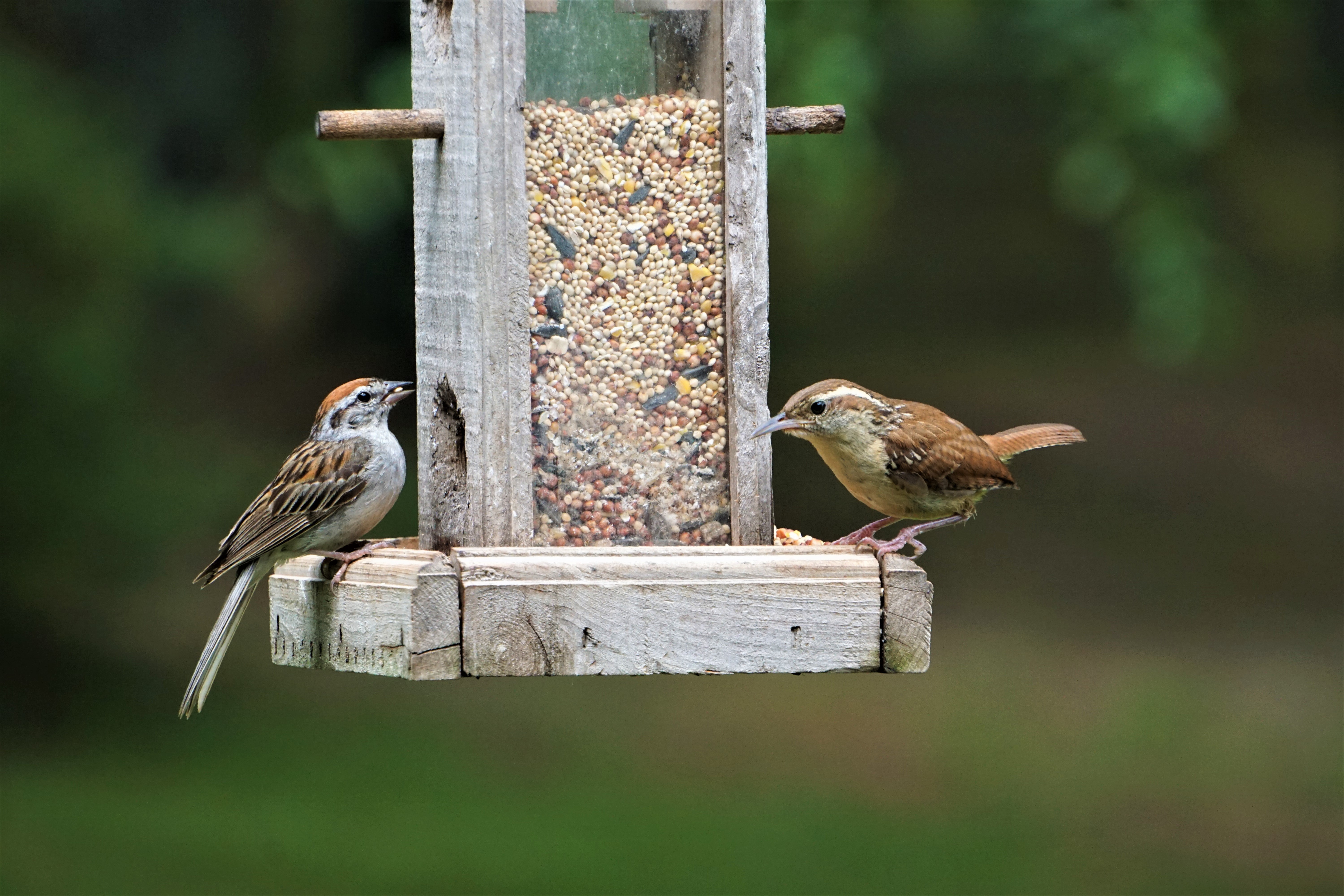
There are many effects that global warming, climate change, and rising sea levels have had over the years, but many people don’t know that both bird migration patterns and breeding habits have also been disrupted by our changing planet. The average latitude of the bird wintering range is currently forty miles farther north than it was just fifty years ago. Migratory species require the proper conditions on their breeding grounds, in their non-breeding range, and along their migratory routes between the two. The increasing temperature of our warming planet is beginning to disrupt the conditions in all three locations along these species’ annual movement cycle.
Every year, the average American homeowner spends forty hours pushing or driving a lawnmower, the same amount of time they spend working a full week. Curb appeal and a well-manicured lawn improve the value of a home and give homeowners a sense of pride. You might be asking, “What do homeowners’ yards have to do with birds and climate change?” The answer: a lot. While spending time trimming, pruning, and watering your yard, you can also transform parts of it to more closely resemble that of the natural habitats of birds that are native to your area that might be struggling with the effects of climate change.
First, it’s important to understand your local conditions. Once you determine which species of birds are found in your area, begin by mapping out the areas of your yard that get full sun, partial sun, partial shade, or full shade. Check the soil types in your yard and look at natural areas nearby that receive similar amounts of light and moisture to find out what’s growing. With this information, you’ll be able to determine which native species of plants to buy, and where to plant them in your own yard. It’s best to group the same type of plant together, as this will not only favor pollinators that like to feed from a mass of the same plant, but will also provide shelter and protection from hawks, cats, and other predators. Additionally, don’t “deadhead” your plants— instead, leave them for birds to use as nesting material or food.
Now that the dirty work is out of the way (no pun intended), it’s time to think about feeders. Keeping feeders close to trees and other plants allows birds to quickly take cover if they feel threatened. When birds fly into windows it is because they see a reflection of the sky or a tree, and therefore think they’re following a clear flight path. Unless you’re using a window feeder, place your feeders at least 25 feet away from your home, or use window decals to prevent collisions.
When filling your feeders, consider which species you’ll be feeding. Birds with different beaks have different dietary needs, so while cardinals will prefer sunflower seeds, pheasants will likely be partial to cracked corn. Generally though, most bird species will eat mixed seeds, so if you’re opting for a single feeder but want to attract many different birds, this is the way to go. If you do decide to have different feeders catered to a variety of birds, be sure to research which types of feed are best suited for different beak sizes so that you don’t end up with untouched feed. Although insects are often considered to be a nuisance, 96% of land birds in North America depend on them to feed their young. Safeguard these birds’ natural food supply by avoiding pesticides in your yard. This is an easy and free alternative to buying bird feed at the store, especially if it’s not always in the budget to do so.
Keep in mind that a bird-friendly yard doesn’t look perfect. Scattered leaves, seeds, long grass and discarded brush piles are all ideal as they provide a natural habitat that is rich with insects, nesting materials and shelter. Of course, your entire property doesn’t need to be dedicated to creating a bird haven. You can reserve one edge or corner of your yard for your bird habitat and still maintain a landscaped, well-taken care of lawn everywhere else that you and your family can enjoy.
As the environment in which birds migrate, breed and live in everyday continues to change over time, it will become increasingly difficult for these species to adapt, and some may suffer more than others. It is important that we make an effort to create more favorable habitats for birds to thrive in, and making your backyard bird-friendly to encourage visits from our avian friends is a great place to start. Tag photos of YOUR bird-friendly yard online with #talkinhawkin and we’ll repost our favorites!